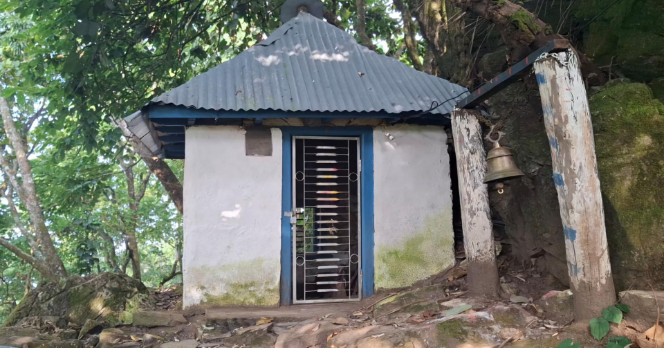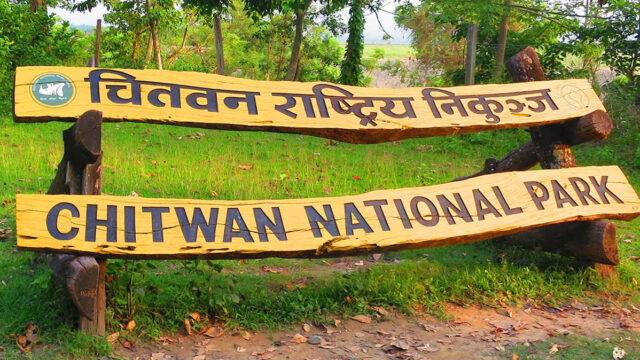Bandipur Rural Municipality has announced plans to develop the historic Mukundeshwari Fort near the popular tourist town of Bandipur as a prime tourist destination. This initiative aims to preserve, reconstruct, and promote the site, which holds both historical and archaeological significance.
As part of the current fiscal year, a detailed project report (DPR) for Mukundeshwari Fort will be prepared, focusing on the preservation of its historical and archaeological assets. According to Rural Municipality Chairman Surendra Bahadur Thapa, infrastructure development will be managed by the local government, while the Archaeology Department will oversee heritage reconstruction. Provincial and federal governments will partner to support these developments.
This fiscal year, a budget of NPR 600,000 has been allocated specifically for the DPR of Mukundeshwari Fort and the Thanimai Temple. Additionally, NPR 650,000 has been earmarked for the construction of unfinished stairs and other facilities to improve accessibility to Mukundeshwari Fort, with an extra NPR 150,000 from Ward No. 2.
Already, a staircase, waiting area, and electricity have been established to enhance access to the site. Despite its historic and cultural significance, Mukundeshwari Fort has largely been overlooked due to a lack of promotion. Plans are in place to develop various structures, including a palace, museum, park, and observation center, to boost the fort’s appeal to visitors.
Located in Ward No. 2 of Bandipur Rural Municipality, Mukundeshwari Fort is believed to have been constructed during the reign of the Sen dynasty before the unification of Nepal. The site houses relics such as Mukundeshwari Temple, ruins of the winter palace of King Mani Mukunda Sen of Palpa, a military parade ground, a cave that could accommodate up to 30-35 people, a deep well for water storage, and stables for horses.
King Mukunda Sen, who ruled Palpa from 1575 to 1610, frequently visited Mukundeshwari on his way to Kathmandu Valley or other pilgrimage sites. Local folklore suggests that the king worshipped the goddess Khadgadevi here, a practice that continued due to a miraculous event. According to legend, Khadgadevi emerged on a sword kept in the home of a local Brahmin named Bhattarai, leading to the installation of a shrine on the summit where the goddess has been worshipped ever since.
With improved access, Bandipur Rural Municipality has focused on a series of projects, including a stone wall along the hiking path to Mukundeshwari that is said to resemble the Great Wall of China. The hiking trail, starting from the Thanimai Temple in Bandipur-2, will culminate at Mukundeshwari Hill. This project aligns with the municipality’s broader goal of drawing increased numbers of tourists to Bandipur, especially during the 2025 Bandipur Tourism Year.
Mukundeshwari, positioned within the Mahabharat range at an altitude of 1,343 meters above sea level, offers panoramic views of the Dhaulagiri, Machhapuchhre, Annapurna, Manaslu, Ganesh, and Langtang mountain ranges. It also overlooks districts like Tanahun, Lamjung, Gorkha, Chitwan, and Nawalpur. Visitors can reach Mukundeshwari Hill by vehicle up to Bhajyang Chautara via Bandipur and then a 45-minute uphill hike.
Bandipur Rural Municipality aims to capitalize on Mukundeshwari’s natural beauty, historical significance, and cultural heritage, ensuring it becomes a prominent attraction for both domestic and international visitors.
Source: RSS






